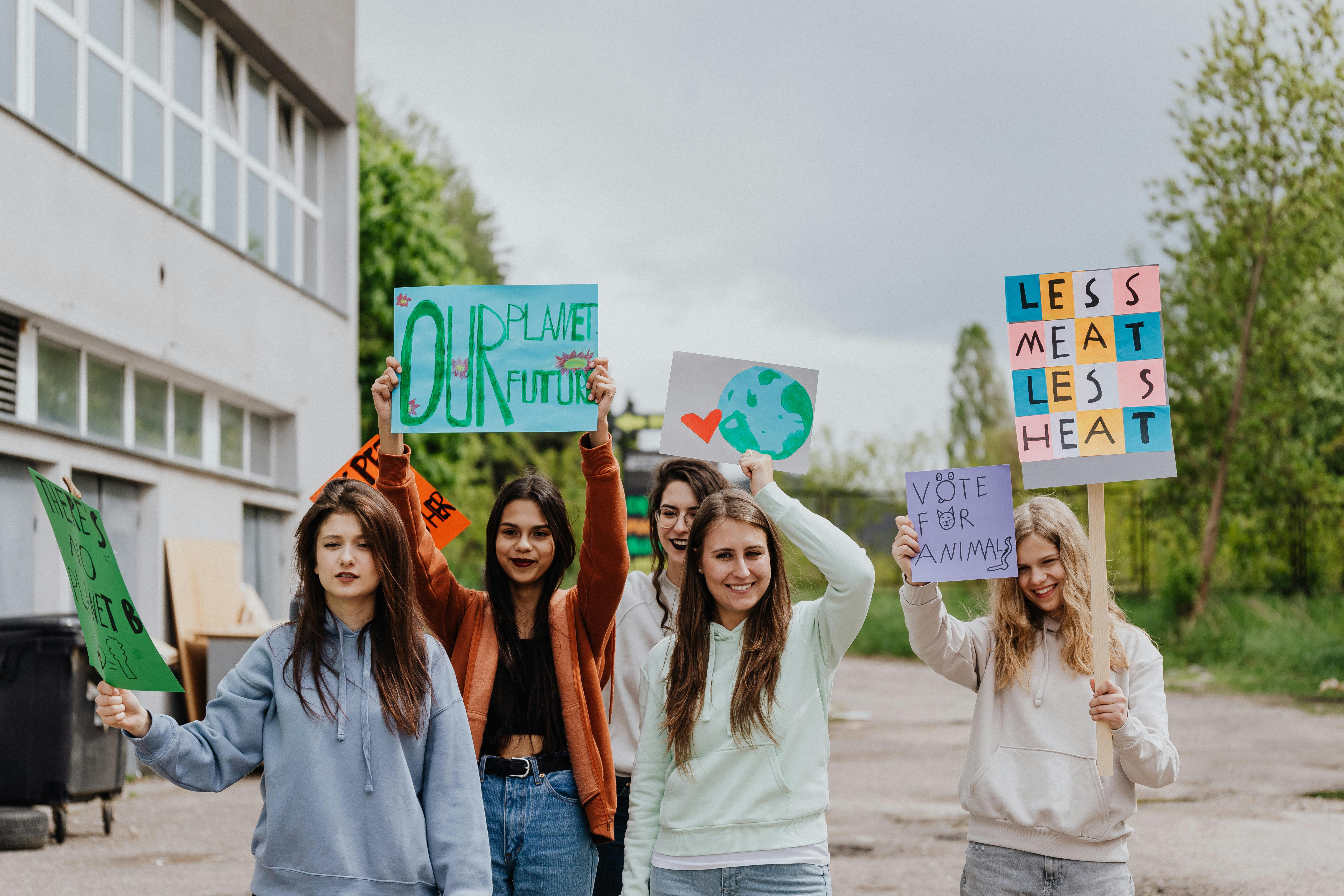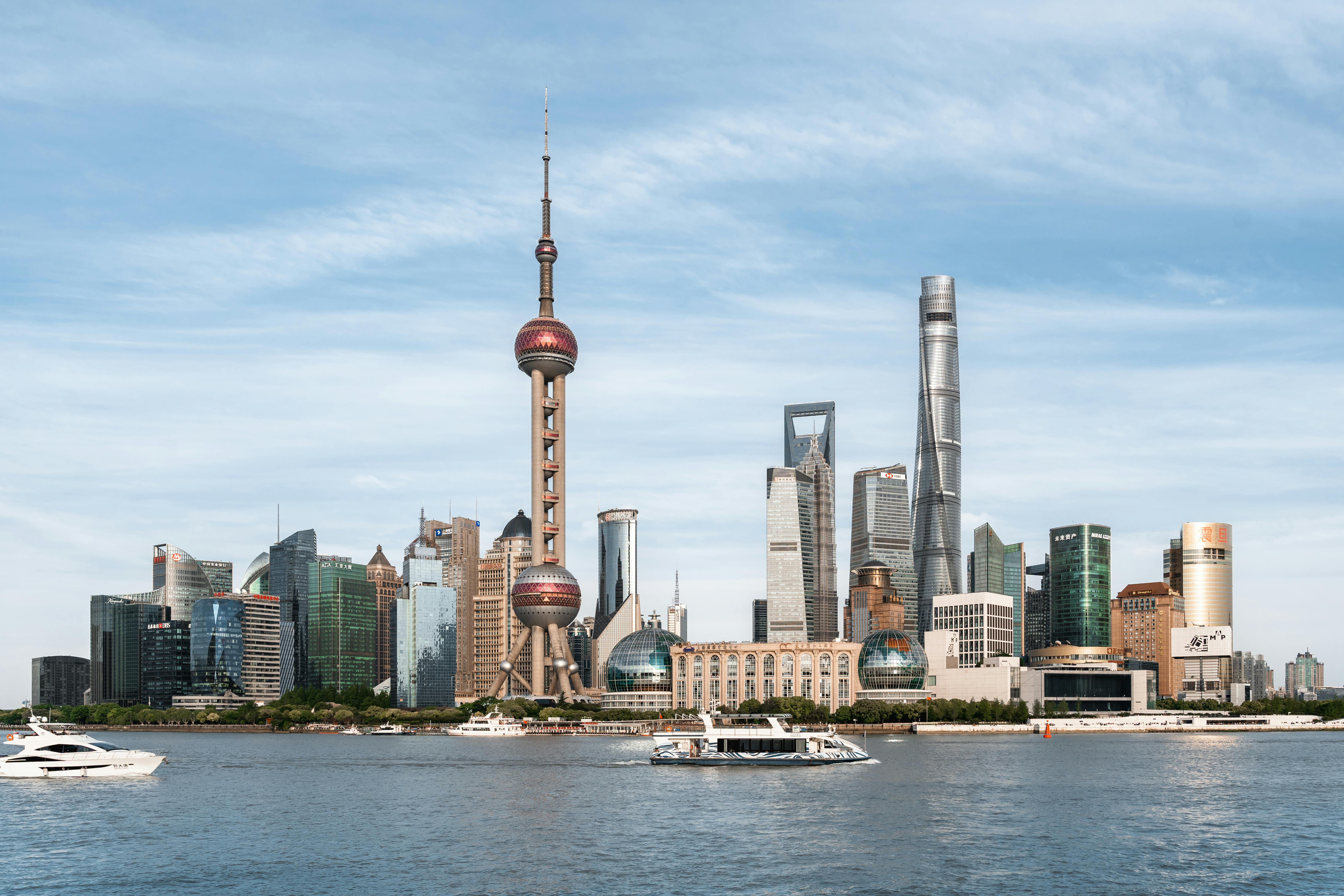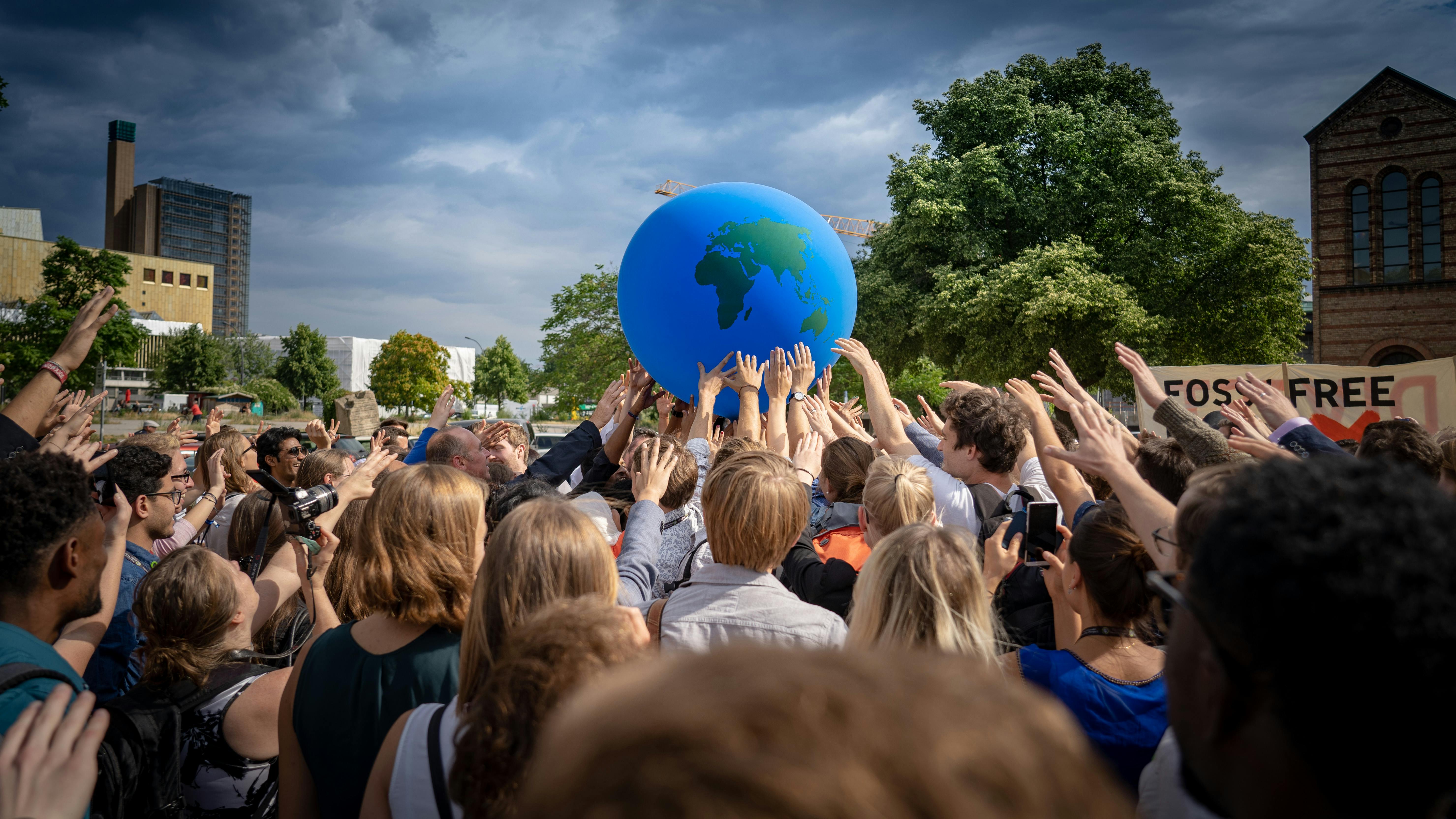The world is facing a defining moment as climate change intensifies, bringing record-breaking heatwaves, devastating floods, and widespread wildfires. Against this backdrop, global leaders, environmental activists, and industry experts convened at the United Nations Climate Summit 2025 in New York to address the urgent crisis. The summit emphasized bold commitments, financial pledges, and new strategies to reduce greenhouse gas emissions, marking it as one of the most pivotal climate conferences in recent years.
Saudi Arabia played a prominent role at the event, showcasing its own ambitious climate initiatives under Vision 2030. The Kingdom highlighted investments in renewable energy, carbon capture technologies, and sustainable urban planning projects like NEOM. Leaders stressed that cooperation between advanced and developing nations remains vital if the world is to limit global warming to 1.5 degrees Celsius.
Rising Global Temperatures and Alarming Trends
Scientific reports presented at the summit painted a grim picture. According to the UN Intergovernmental Panel on Climate Change (IPCC), global temperatures have risen by 1.3 degrees Celsius since pre-industrial times, and 2024 was recorded as the hottest year in history. Experts warned that without immediate and drastic action, humanity could face irreversible damage by mid-century.
Extreme weather events already underscore the threat. From Europe’s scorching heatwaves to devastating floods in Asia and prolonged droughts in Africa, billions of people are affected by climate instability. The economic costs are mounting, with damages from natural disasters exceeding $400 billion in 2024 alone.
Key Agreements and Pledges
At the summit, countries made new commitments to combat climate change. The European Union pledged to accelerate its transition to 100% renewable energy by 2040. The United States promised to double funding for global climate adaptation, focusing on vulnerable nations in Africa and Asia. China committed to peaking emissions before 2028 and announced a massive reforestation campaign to restore degraded land.
Saudi Arabia, meanwhile, reaffirmed its commitment to the Middle East Green Initiative, aiming to plant billions of trees across the region and reduce carbon emissions by 278 million tons annually. The Kingdom also signed new agreements with international partners to invest in clean hydrogen production, a key component of its strategy to diversify the energy sector.
Technology and Innovation at the Forefront
Technology featured prominently at the summit, with innovators showcasing solutions such as carbon capture, renewable hydrogen, and AI-powered energy efficiency systems. Saudi Arabia’s NEOM project was highlighted as a model of future urban living, powered entirely by renewable energy and designed to minimize environmental impact.
Experts emphasized that technology alone cannot solve the climate crisis—it must be paired with political will, financial investment, and global cooperation. Still, the progress demonstrated at the summit provided hope that the world is moving toward scalable solutions.
Role of Developing Nations
A central theme of the summit was climate justice. Leaders from Africa, Asia, and Latin America reminded wealthier nations of their responsibility to provide financial and technical support. Many developing countries contribute the least to global emissions yet face the harshest impacts of climate change.
In response, a global climate fund received new pledges totaling $150 billion, aimed at helping vulnerable nations adapt through sustainable agriculture, flood defenses, and renewable energy development. This marked one of the largest financial commitments in UN climate history.
Challenges Ahead
Despite progress, experts warned of significant challenges. Many pledges remain non-binding, raising concerns about accountability. Some countries, particularly fossil fuel-dependent economies, face difficulties transitioning rapidly without risking economic stability.
Moreover, geopolitical tensions threaten international cooperation. Rivalries between major powers could hinder progress if climate commitments become entangled in political disputes.
Global Reactions
The summit drew mixed reactions worldwide. Environmental groups welcomed the stronger pledges but criticized the lack of binding enforcement mechanisms. Youth activists staged demonstrations outside the venue, urging leaders to move from promises to action.
Meanwhile, businesses and investors expressed optimism, noting that the clean energy transition presents opportunities worth trillions of dollars. Many corporations pledged to align with net-zero targets, signaling a growing private-sector commitment to sustainability.
Expert Opinions
Dr. Aisha Al-Harbi, a Saudi climate policy expert, stated:
“The Kingdom’s leadership at the summit reflects its determination to be a global player in both energy and sustainability. Vision 2030 is not only about diversifying the economy—it’s about protecting the planet for future generations.”
Meanwhile, UN Secretary-General António Guterres warned:
“Humanity is on a highway to climate hell with our foot on the accelerator. The commitments made here must be implemented immediately. Delay is no longer an option.”
FAQs
What is the UN Climate Summit 2025?
It is a global meeting where leaders, experts, and activists gather to address climate change and set new commitments for reducing emissions.
How did Saudi Arabia contribute?
The Kingdom showcased its Vision 2030 climate initiatives, reaffirmed its Middle East Green Initiative, and announced new clean hydrogen projects.
What were the biggest pledges made?
The EU pledged 100% renewable energy by 2040, the U.S. doubled climate adaptation funding, and China committed to peak emissions before 2028.
Why is climate justice important?
Developing nations, despite contributing little to emissions, face the worst climate impacts. Climate justice ensures they receive financial and technical support.
Will these pledges solve climate change?
They represent progress but must be backed by enforcement, funding, and political will to achieve meaningful impact.
Conclusion
The UN Climate Summit 2025 underscored both the urgency and opportunity of the global climate challenge. Leaders from around the world, including Saudi Arabia, made bold commitments that could accelerate the transition to a sustainable future. However, promises must now be translated into action to avoid catastrophic consequences.
For Saudi Arabia, the summit reinforced its dual role as a traditional energy leader and a pioneer of green transformation. With projects like NEOM and the Middle East Green Initiative, the Kingdom is positioning itself as a bridge between fossil fuel economies and renewable futures.
As the climate crisis intensifies, global cooperation will determine whether humanity can meet this defining challenge. The world is watching—and the clock is ticking







